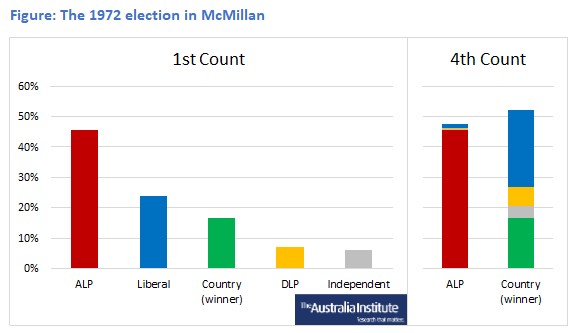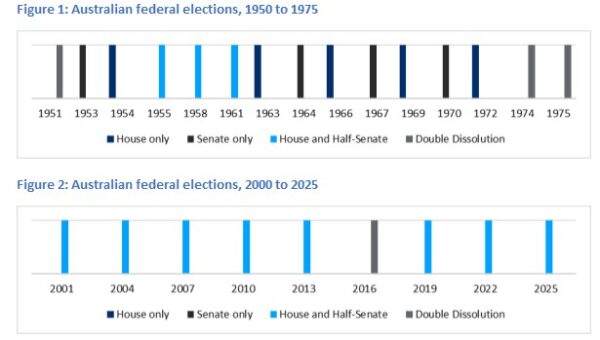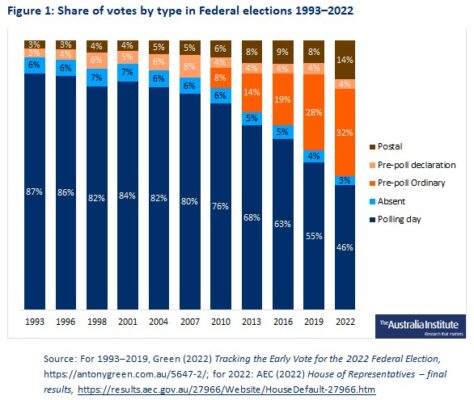The research, supported by the Human Rights Law Centre and Whistleblower Justice Fund, shows support is consistently high across all voting intentions, including Labor, Coalition, Greens, and One Nation.
Public support for protecting whistleblowers has surged by 12% in under two years.
The spike in support has been recorded just one year after the imprisonment of military whistleblower David McBride and amid the ongoing prosecution of tax office whistleblower Richard Boyle. The polling research also reveals that the majority of Australians believe these prosecutions should be dropped.
Despite strong, widespread and increasing public support for stronger whistleblower protections from voters, both major parties have failed to make commitments for reform ahead of the May 3 Federal Election.
In February 2025, the Whistleblower Protection Authority Bill was introduced to Parliament by Senator David Pocock, Senator Jacqui Lambie, Dr Helen Haines MP, and Andrew Wilkie MP.
This anti-corruption legislation would provide protections to whistleblowers and aid government agencies in combating corruption. The polling research reveals that 84% of Australians support the establishment of a whistleblower protection authority.
“In Australia, whistleblowers exposing alleged war crimes or unfair treatment of small businesses face years of jail time,” said Bill Browne, Democracy & Accountability Director at The Australia Institute.


